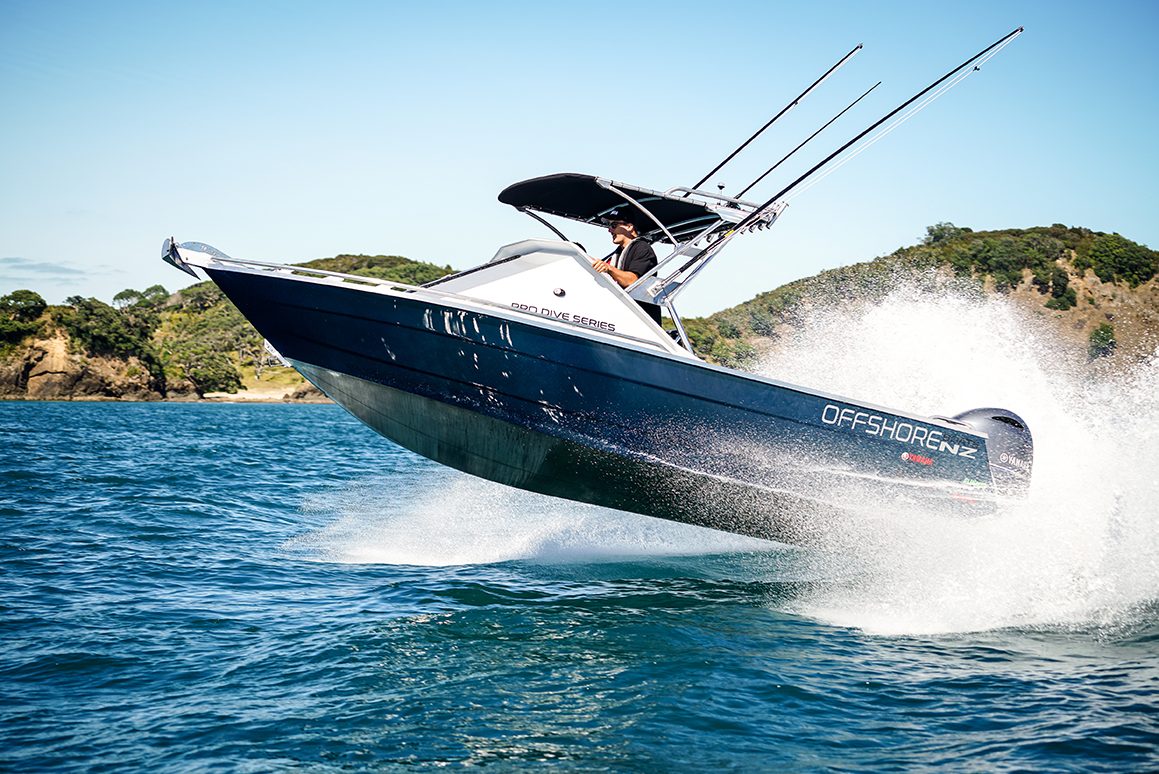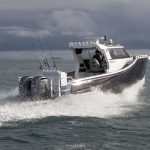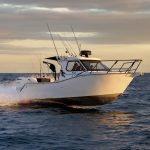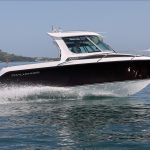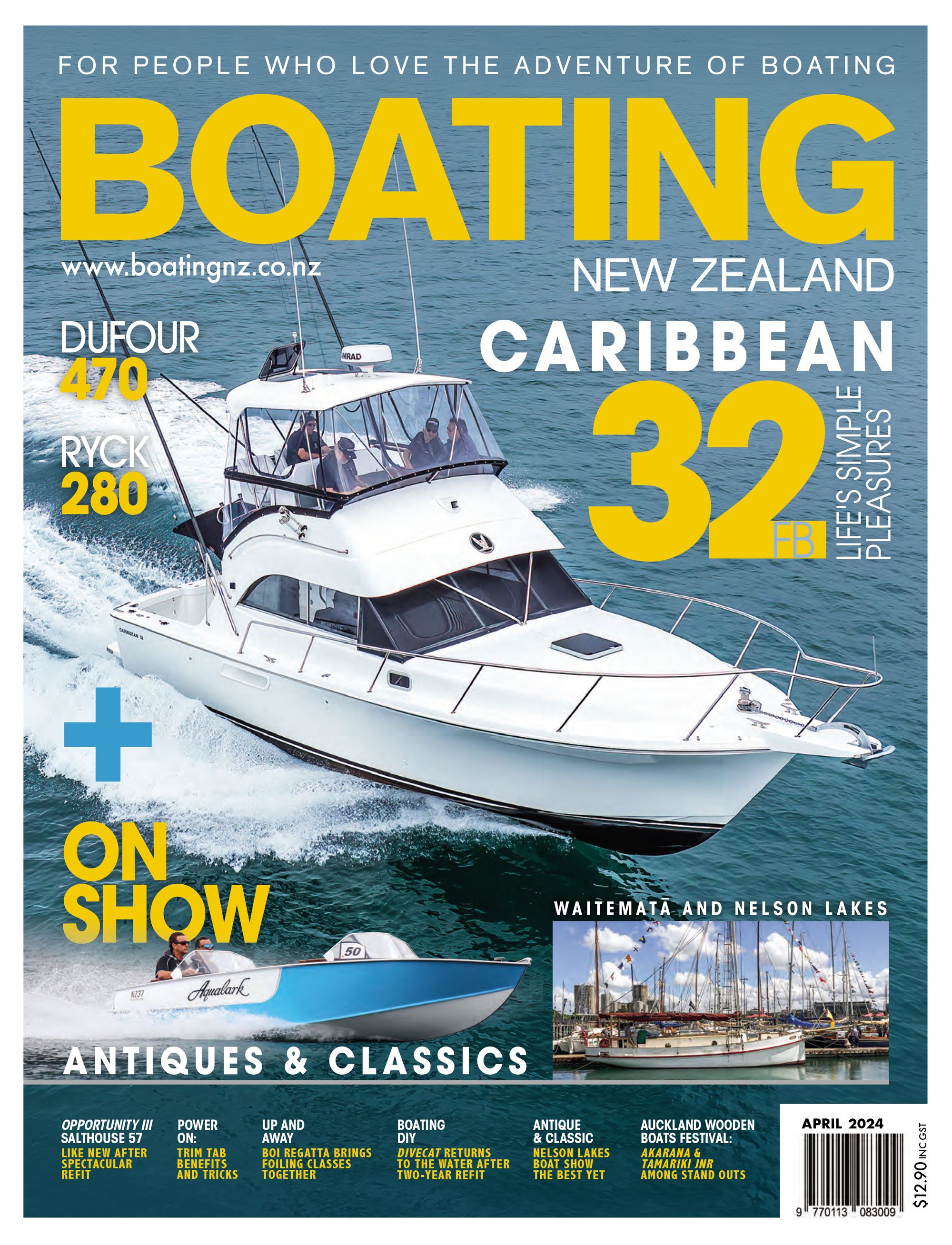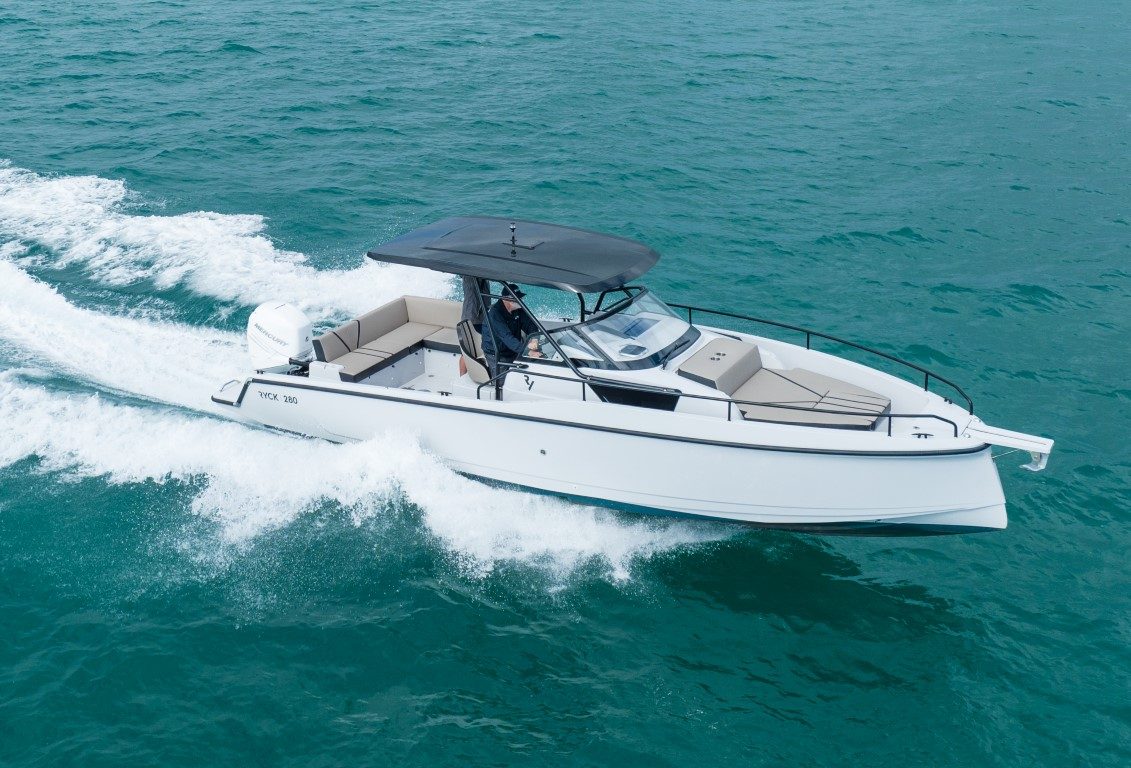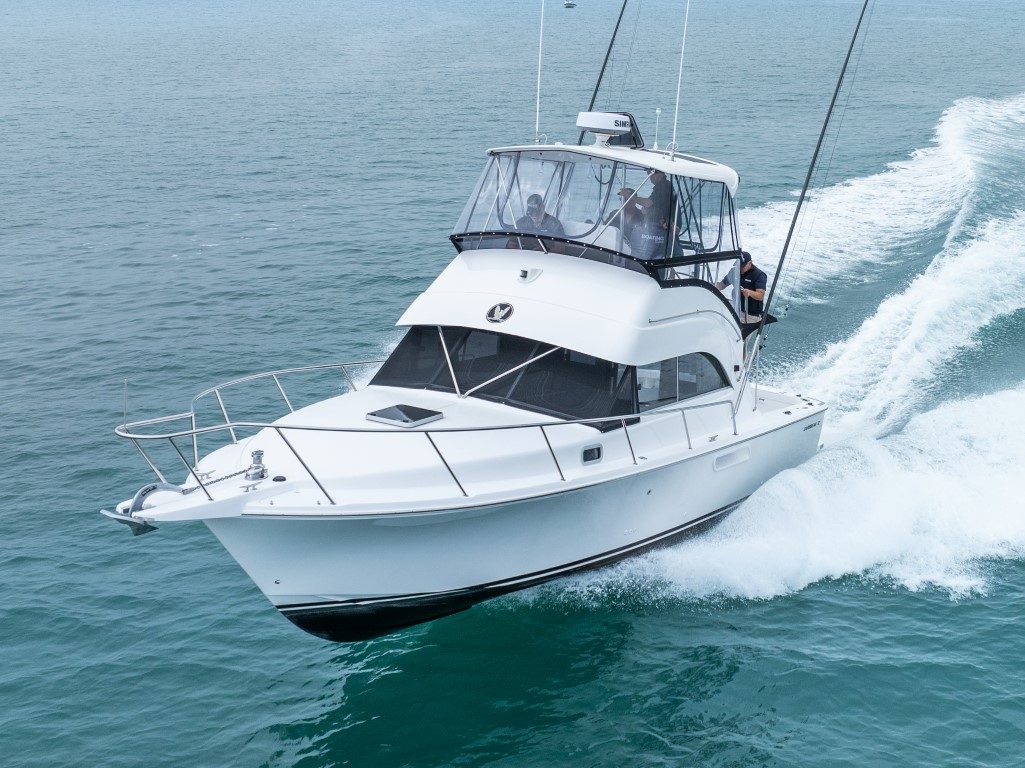She feels really easy and comfortable to sail, even in a good breeze and a chop.
- Heavy-duty hull and high-quality construction
- Exceptional ride
- Uncluttered cockpit and simple Pro Dive layout ideal for divers, but also available in hardtop and centre-console versions

